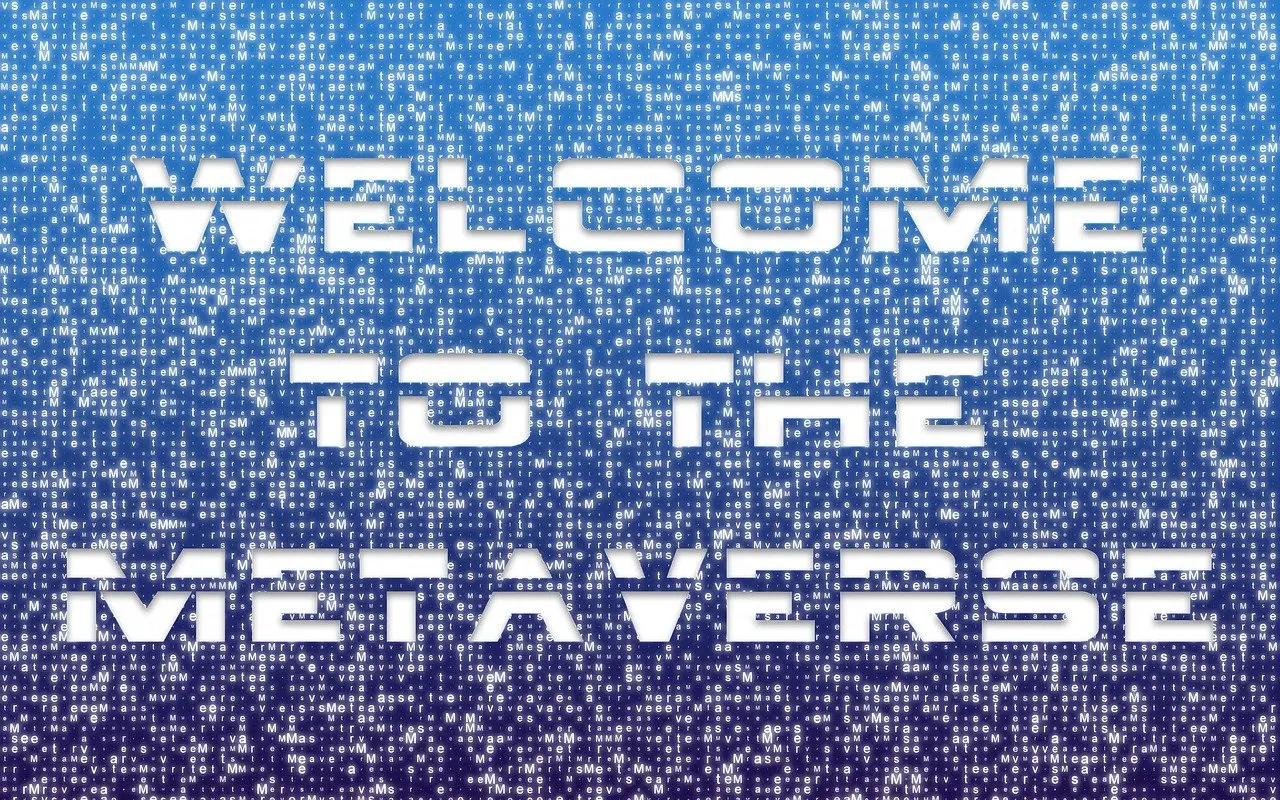Content marketing continues to grow as a key online marketing strategy. Content marketing, however, is so much more than the ability to produce good content on a consistent basis.
You can produce some of the best content to ever grace the internet – but without a sound strategy to optimize, distribute and amplify that interesting content, your hard work won’t amount to much.
People continue to clutter the world wide web with a cacophony of information and opinions. To rise above and truly be heard, you need great content paired with a solid distribution strategy. So how to write engaging and interesting content?
In this e-guide, we will walk you through the basics of optimizing text, effectively distributing content using different platforms and ensuring people actually read what you write!
Specifically, we will cover:
- Optimizing content for mobile and emerging technologies such as voice search.
- Ensuring that your content is readable and adheres to search engine optimization (SEO) best practices.
- Content distribution basics, including how to use different online content distribution channels.
- How to measure the success of your content optimization and distribution efforts.
Optimizing content: Four basic elements for interesting content
The term “optimize” can be quite subjective. Optimizing online content can mean a lot of different things, especially when you throw in the variables of what your business is trying to achieve with its online content.
At its core, online content is produced to be viewed – which means we can very easily boil down the optimization term to a few key elements that every piece of your content needs to possess. Overall:
- Your content must be informative. The content must explain something that readers didn’t otherwise know or consider. It must either fulfill a need or provoke a need that the reader did not know they had.
- Your content must be trustworthy. Your content should be somewhat objective by utilizing trustworthy sources within your industry, presenting information or opinions from your readers themselves or relying on data from established sources.
- Your content must be authoritative. Balance objectivity with thoughts and opinions from your company and its people, whom you are trying to establish as the ones who best know how to help your readers.
- Your content must be helpful. Give away knowledge and information for free. Show that you are willing to share your goods and empower your readers – and when they’re really stuck, they will turn to you for help.
Optimizing content for readability
One misspelled word. An improperly placed comma. A REALLY long run-on sentence. Nothing breaks down the quality of your content quite like a lack of readability. Here’s how to keep a small mistake from turning into a BIG content problem:
- Proofread for grammar and spelling. Sloppy grammar and misspelled words adds up to zero credibility. Go over your copy with a fine-toothed proofreading comb. Then go over it again. Have others proofread it, too. Multiple sets of eyes on your content are better than just one.
- Keep your content focused. Don’t go off on tangents in your copy. Consider how every sentence brings your reader closer to your call to action. Use active, powerful verbs, and keep sentences short. If a word or sentence doesn’t move them forward, scrap it.
- Remember your target audience. What’s their average reading level? What do they appreciate? Keep the text as simple as possible to meet their needs.
- Format for the web. Bold headings and bulleted lists help search engines to better scan your content for terms that help you to rank higher in relevant searches. These can also help prospects to find you.
Optimizing content for mobile
A site that renders properly across multiple mobile devices is absolutely crucial to business success. More than half of internet traffic comes from mobile devices, and that amount is only expected to rise. If you’re not paying attention to how the readers whom you want like to access online information, start now: it will help you to increase readership.
Optimizing content for mobile goes even deeper than that:
- Mix up your content length. Longer articles are important for SEO because it indicates that you have a lot of great authoritative information to share on your preferred subject matter. However, mobile users won’t necessarily want to read your 2,000-word opus while they’re waiting at the doctor’s office. Instead, give readers quick-hit pieces as well as long-form information to give them what they need right away, and entice them to return later for the longer reads. No matter the content length, use brief paragraphs, subheaders and bullets to make the content scannable and interesting.
- Let users scroll. When optimizing for mobile, people want to swipe up – not click and click through multiple pages to get what they need.
- Let them browse ancillary materials in one spot. Try not to link to long articles and PDFs within your content. Compile this type of information into a link list at the end.
- Create awesome headlines. Your headlines themselves should tell a story, reveal the benefit of reading upfront and tug at a person’s heartstrings.
Search engine optimization for interesting content
SEO goes beyond the words in your blog posts. It also goes beyond the scenes, into your HTML code and your content management system to help your content to get found more quickly by people more likely to convert into leads.
SEO for text
- Check your title tags. Make sure that your page and post titles are properly configured.
- Include meta descriptions and keywords. Ensure that your content’s meta descriptions first exist and properly describe what a user would find on that page should they visit.
- Clean up URLs. Get rid of unnecessary characters and ensure that your URLs follow a logical path of organization. The way that you name the pages in your website hierarchy is crucial to helping readers to get what they need as quickly as possible.
- Use keywords, but not too many! Search engines can tell when you’re overstuffing content with key search terms to get clicks. Write with keywords the same way you’d use the words in natural conversation.
- Strategically write headings and subheadings. Your headings and subheadings are assigned special code in your HTML (h1, h2, et cetera). It’s typically what a search engine will scan first, so make sure they’re concise yet descriptive enough to get your point across.
SEO for images
When used with care, images will help readers better understand your content. Whenever possible:
- Use original images. Use stock photos as a last resort.
- Name images properly. Put your keyword in the file name so that search engines will know what your image is about without looking at it.
- Reduce file size. Faster load times are important for image SEO. Don’t make images too small, but ensure that the file size will load quickly while keeping the image clear and properly sized on the page.
- Use alt text and title tags. Use alt test to create a long-form description of your image to further help search engines to judge your content relevance.
SEO for videos
Whether they are embedded on your website or listed on YouTube, make sure that you are properly optimizing video content for maximum visibility:
- Include relevant keywords in your video title. This helps your video to rank higher.
- Write a clear video description. Your viewers should immediately understand what they’re going to get out of watching your video.
- Include links to your website. Let viewers know in the description where they can go for more information or for a transcript of the video.
Optimizing for voice search
Remember how we said mobile accounts for at least half of all online traffic? More and more, people are using voice search technology to ask Siri, Alexa or Cortana how to do something, find something and get something.
Remember: Voice search is conversational. So, too, should your keywords. Use long-tail keywords to optimize voice search. Think about what one of your users would ask about, in plain terms, to stumble upon your website or blog online.
As more people continue to incorporate this technology into daily life, our keywords will need to evolve to suit people, not search engines.
Content distribution
Your content is distributed in three key ways:
- Owned media describes the distribution channels that your company owns or rents – its website, social media accounts, e-newsletters, et cetera.
- Paid media describes any paid means of distribution: search engine marketing, boosted social media posts and ads, ads, media placements, et cetera.
- Earned media is achieved when people view your content – either by owned or paid means – and decide to endorse it by sharing it with their own followers. Earned media includes links to your interesting content in blog posts, social shares and republishing of your content by other channels without your paying them to do so. Earned media means that your content is useful and relevant to others. To get more earned media, you need to optimize and promote your content via owned and paid means.
Optimizing for social media
Your social media posts should be optimized accordingly based on the social platform you are using. Overall, however, you can employ these key tactics:
- A/B test your headlines. Distribute articles with different social media headlines day to day – even over the course of one day – to see how they perform.
- Use images. Optimize images with proper tags and size them to effectively adhere to the social ad platforms that you are using.
- Use hashtags. Including relevant hashtags in your social media posts help to increase post visibility.
- Optimize post length. Remember your platforms. For example, keep it short and sweet for Twitter, but if it makes sense, your Facebook posts can be a little longer.
Content distribution 101
To effectively distribute your content, you must know:
- How often to post
- The best time to post
- The content types that do best on each platform
- How to effectively repurpose content
- How to establish an effective mix of free and paid distribution channels
How often you post will depend on how much content you can create. Whether you post once per week or once every hour, the key here is consistency. Establish a precedent for your audience, and then stick to it.
The best time to post will depend on how active your audience is on different social platforms. For example, Facebook users tend to be active in the evening.
Different social platforms prioritize content differently. For example, live video on Facebook tends to get great exposure, and links with images on Twitter are clicked more often.
Repurposing content needs to begin at the source. Your source piece of content can be a blog post with an image, the contents of which become an infographic, a Facebook poll, an Instagram story or a YouTube video.
Content distribution tools
There are a number of content distribution tools that can help to do the work of placing content in front of the right audiences for maximum exposure and traffic.
These distribution tools may be a wise investment for your business if you need to outsource this task.
Examples of content distribution tools include SimpleReach, Xink, Outbrain and Wisestamp.
These tools will place your content on relevant websites based in parameters you set, in exchange for a fee. You can pay per click or pay based on how the content performs where it is placed.
Measuring success
How do you know if your content marketing efforts are successful? Here are ways to measure content performance:
- Site traffic increase/decrease
- Bounce rate
- Time spent on page
- Social shares
- Increase in site traffic from inbound links
- Organic search rank
- Leads generated (by filling out a form, subscribing to a newsletter, etc.)
What if I don’t see results?
Content marketing is a marathon, not a sprint. It’s not uncommon to not see significant returns for at least a year. The key is to make sure that your key performance indicators are remaining steady and not going down. Over time, you will begin to see changes in site traffic and lead generation that will justify the investment in content.













